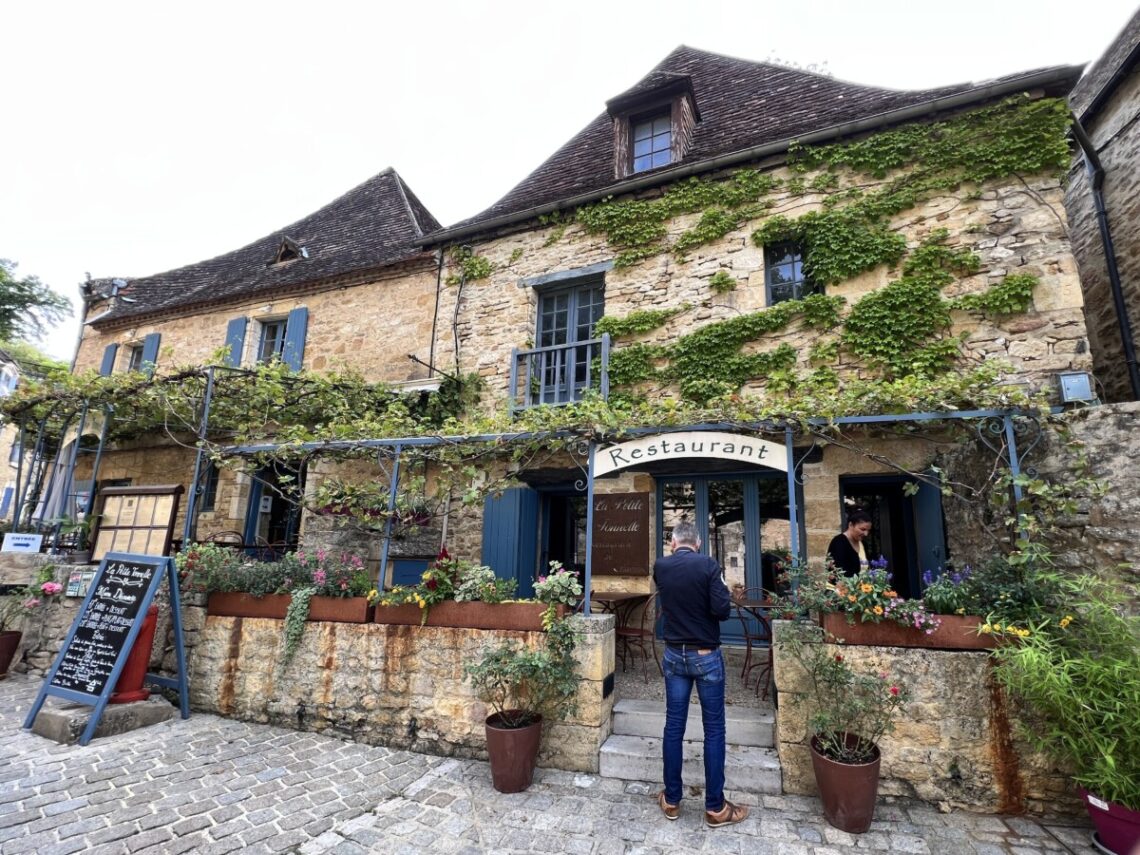
Beautiful Beynac
Nestled along the winding Dordogne River in southwestern France lies the charming destination of Beynac-et-Cazenac. This picturesque village is a blend of natural beauty, rich history, and quintessential French charm. As you stroll through the narrow, cobblestone streets and gaze up at the imposing Château de Beynac perched above the village, you feel almost transported back in time.
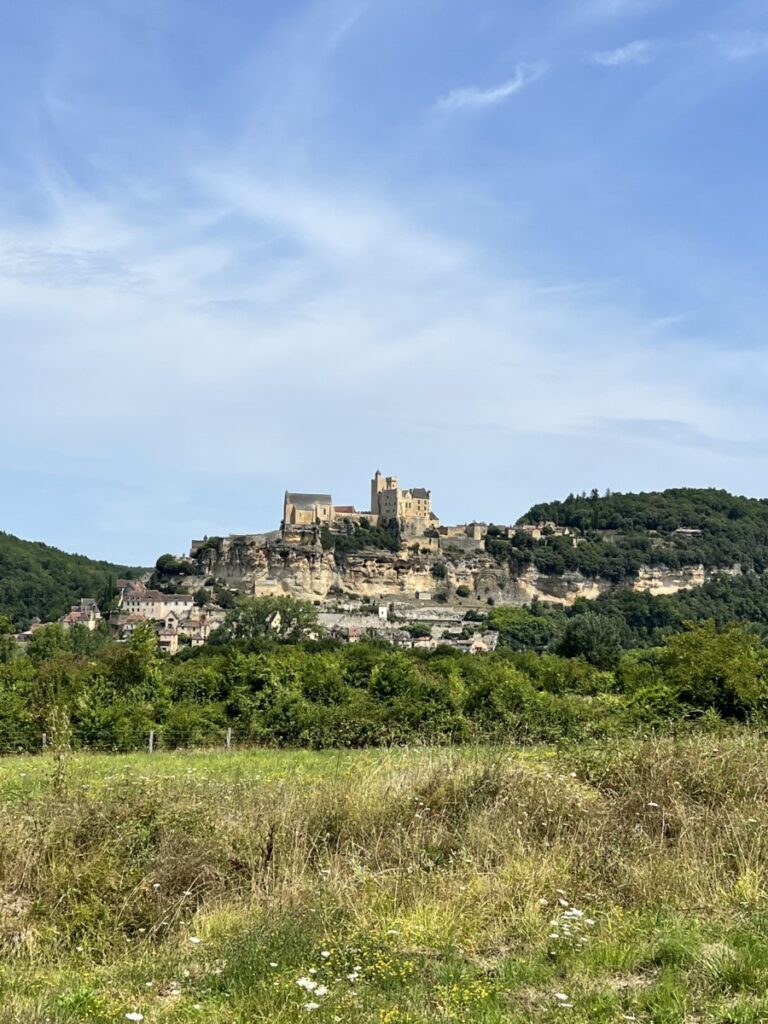
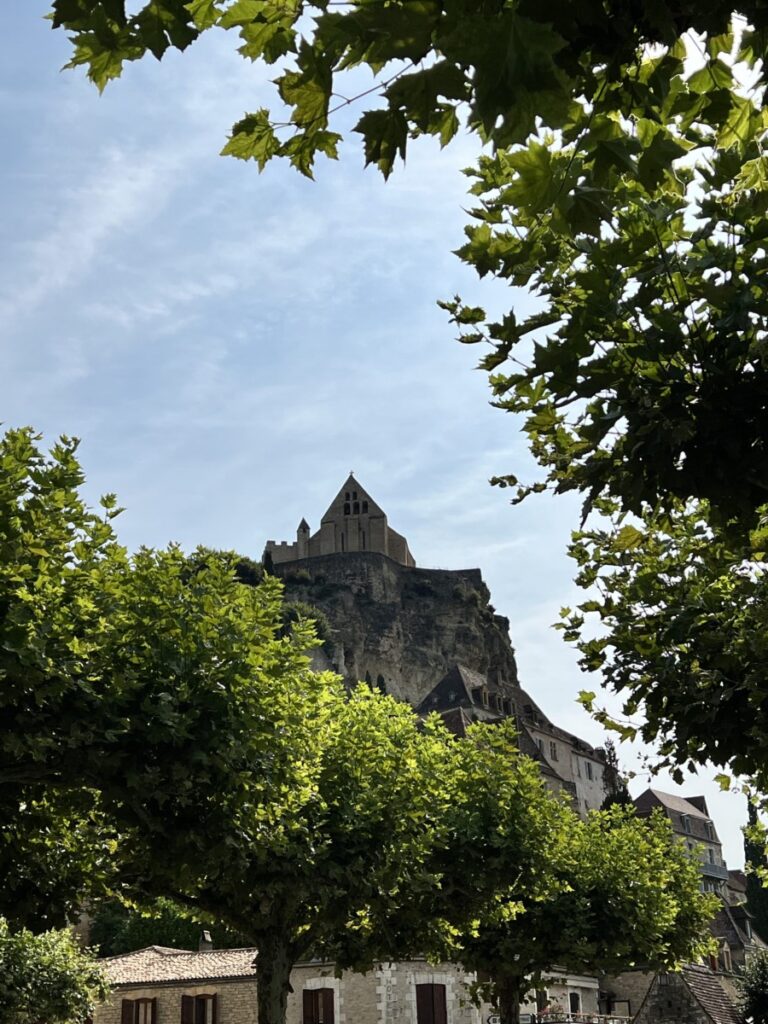
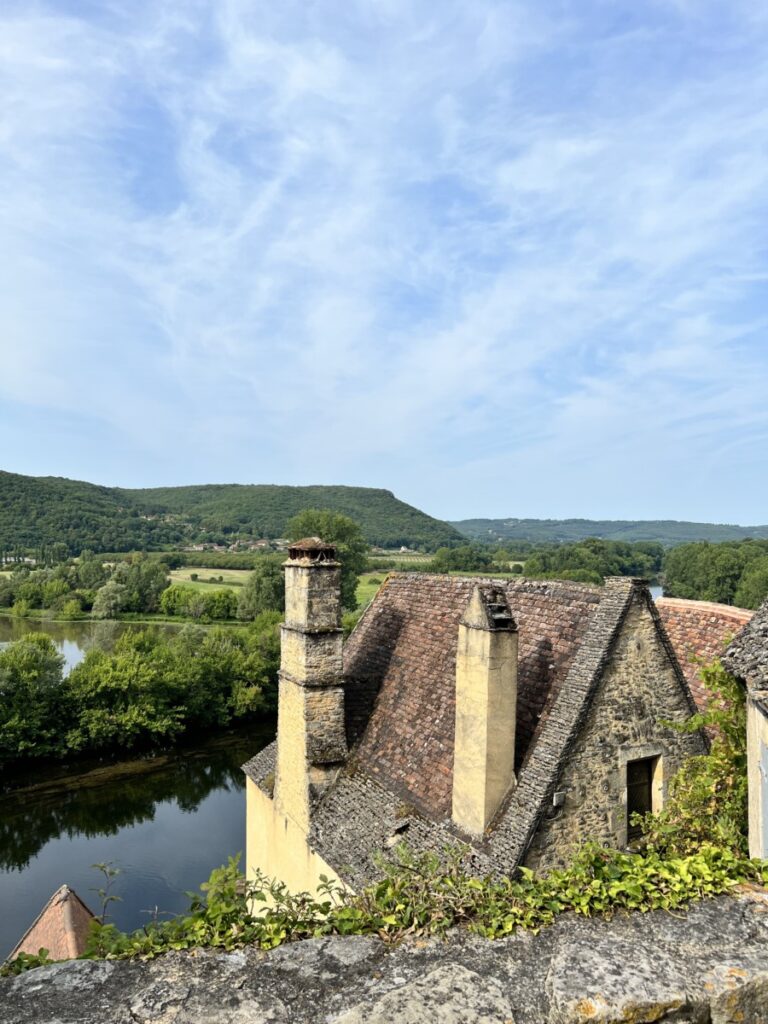
Charming Beynac
Beynac-et-Cazenac is one of those places that seems to have been perfectly preserved, untouched by modern times. The village is a cozy labyrinth of honey-colored stone houses adorned with vibrant flowers and climbing plants. While wandering the streets, you can smell freshly baked bread from the local bakery or the aroma of garlic from the restaurants, depending on the time of day.
The village is home to a variety of artisan shops where you can find everything from handcrafted ceramics to local wines. These shops also sell many of the region’s culinary delights, such as foie gras, truffles, and walnut products.
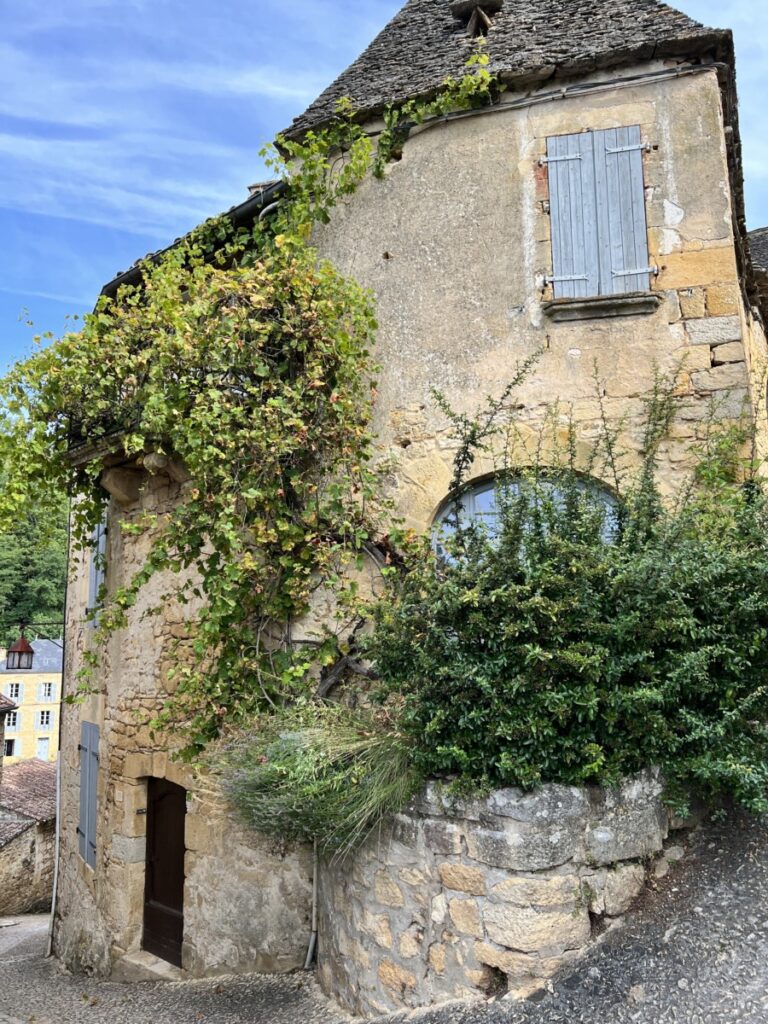
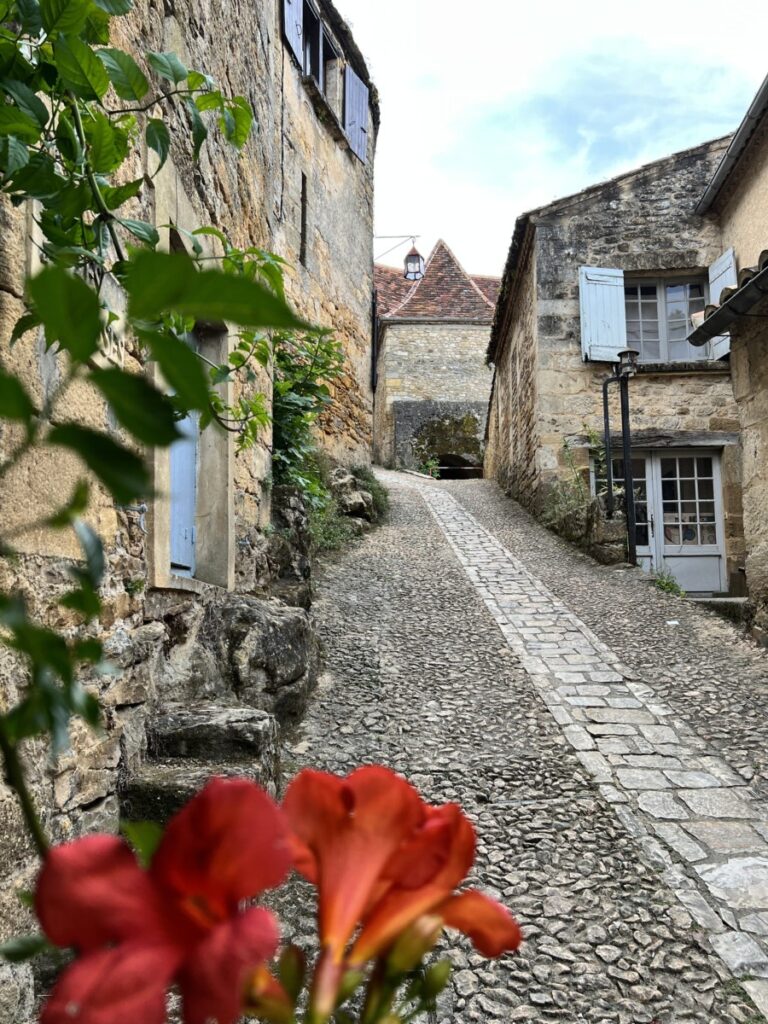
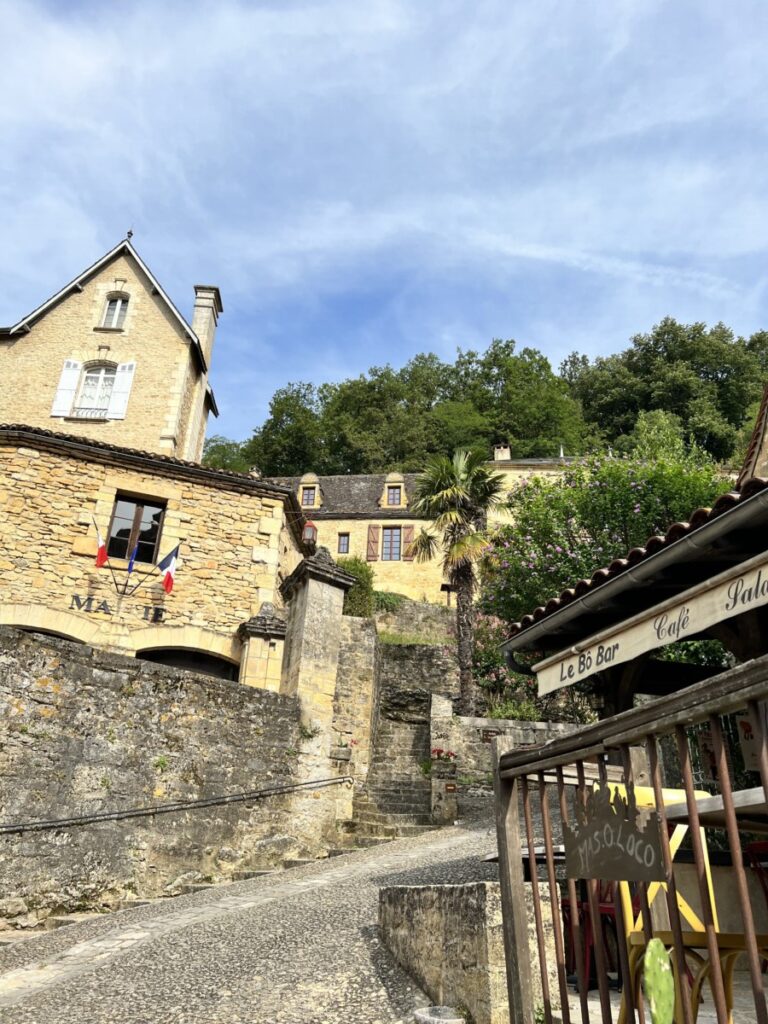
The Majestic Château de Beynac
Dominating the landscape is the magnificent Château de Beynac, a medieval fortress that has stood sentinel over the Dordogne Valley for centuries. Built in the 12th century, it has been a crucial strategic point ever since. The castle is a prime example of medieval military architecture, with its thick walls and towers. Over the centuries, it has been expanded and modified, now containing architectural elements from both Romanesque and Gothic styles.
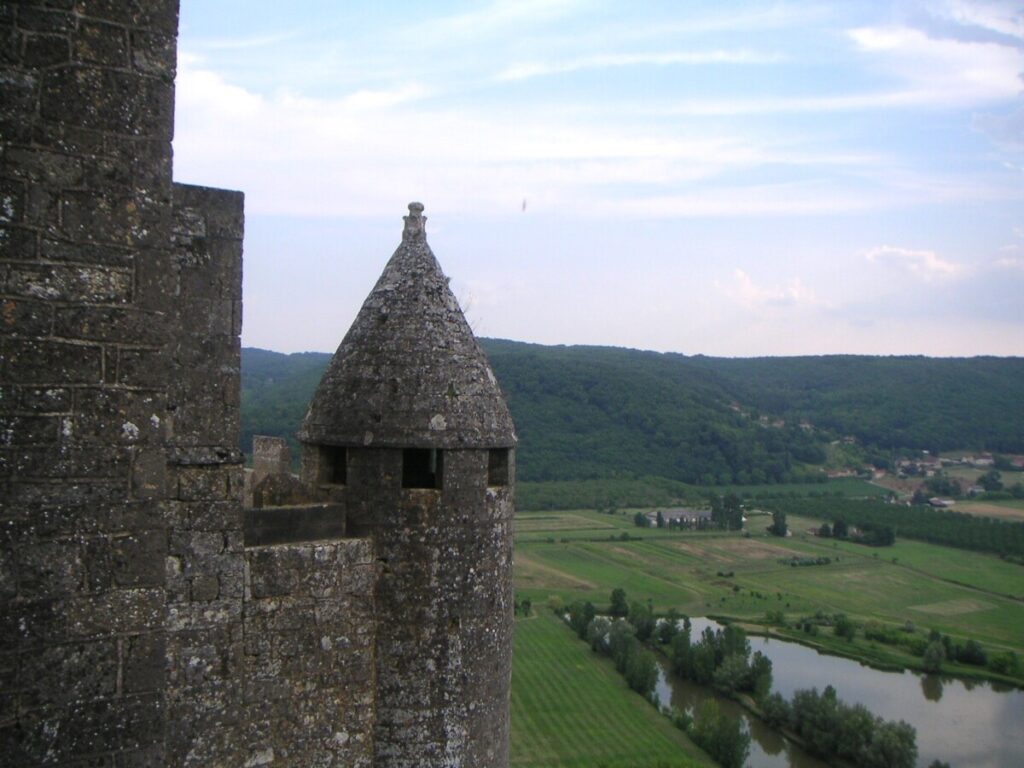
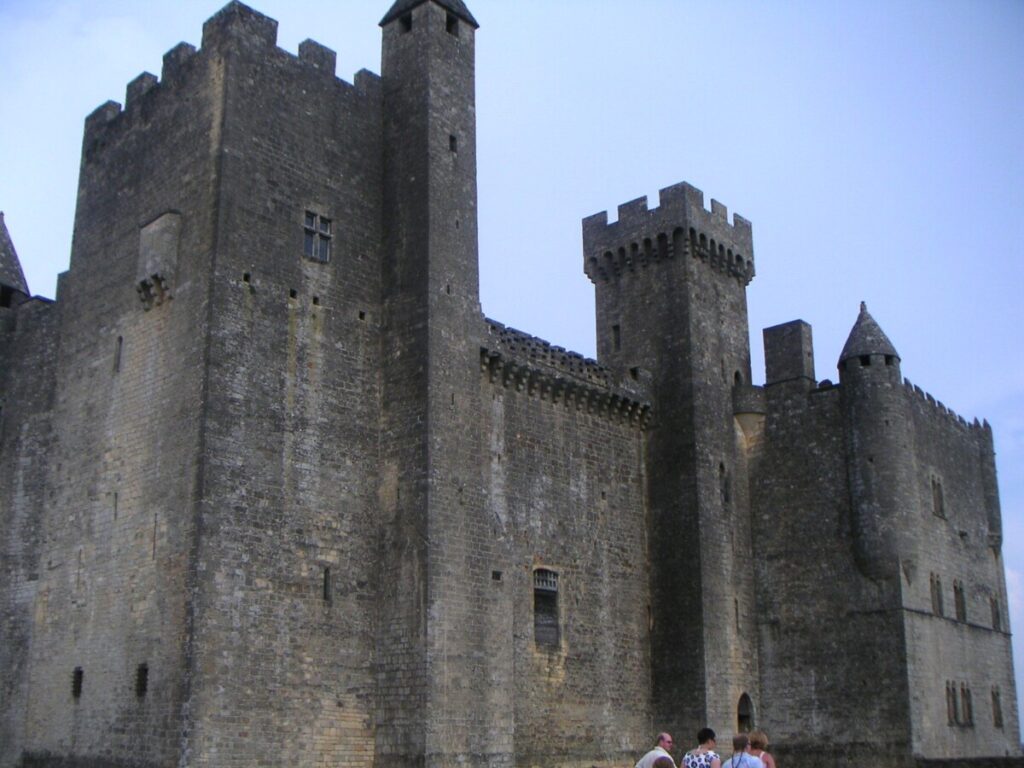
The castle’s strategic location on a steep cliff made it a vital stronghold during the Hundred Years’ War, leading to multiple sieges and captures by both sides. Today, it offers visitors a fascinating glimpse into the region’s turbulent past. Its most famous resident was Richard the Lionheart, who besieged and eventually captured the fortress in the 12th century.
As you climb the winding path to the castle, you are rewarded with breathtaking views of the surrounding landscape. The castle itself is a maze of towers, ramparts, and hidden passageways, each with its own story to tell. If you opt for a guided tour, you can see beautifully preserved tapestries, furniture, and weapons from the Middle Ages.
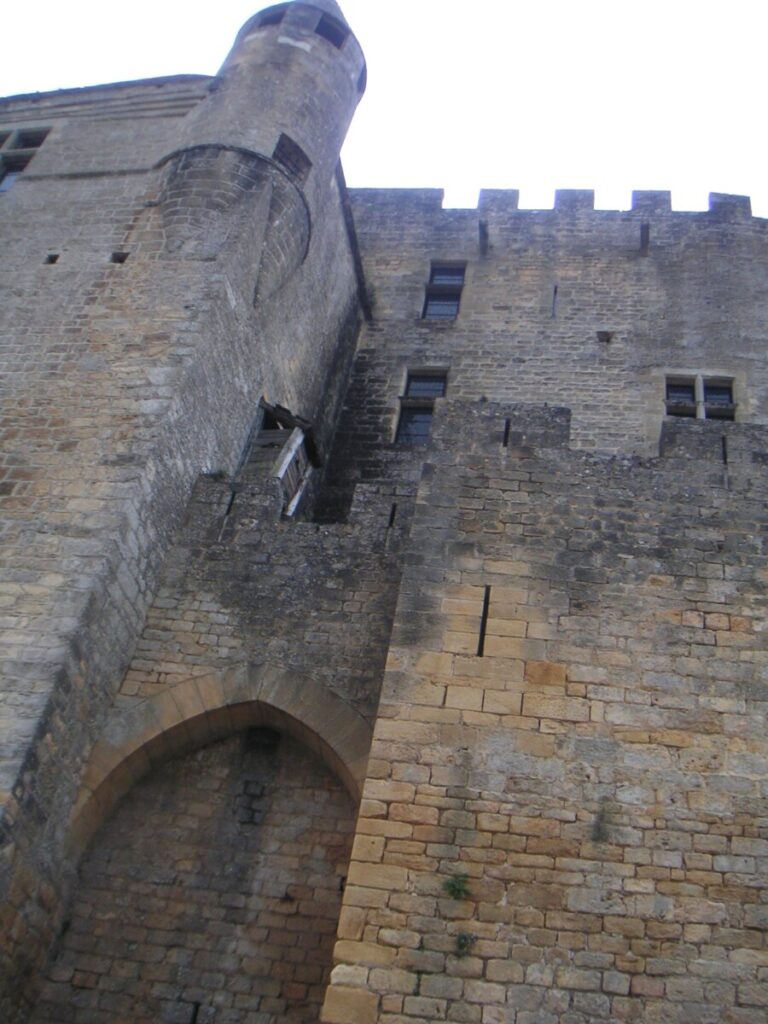
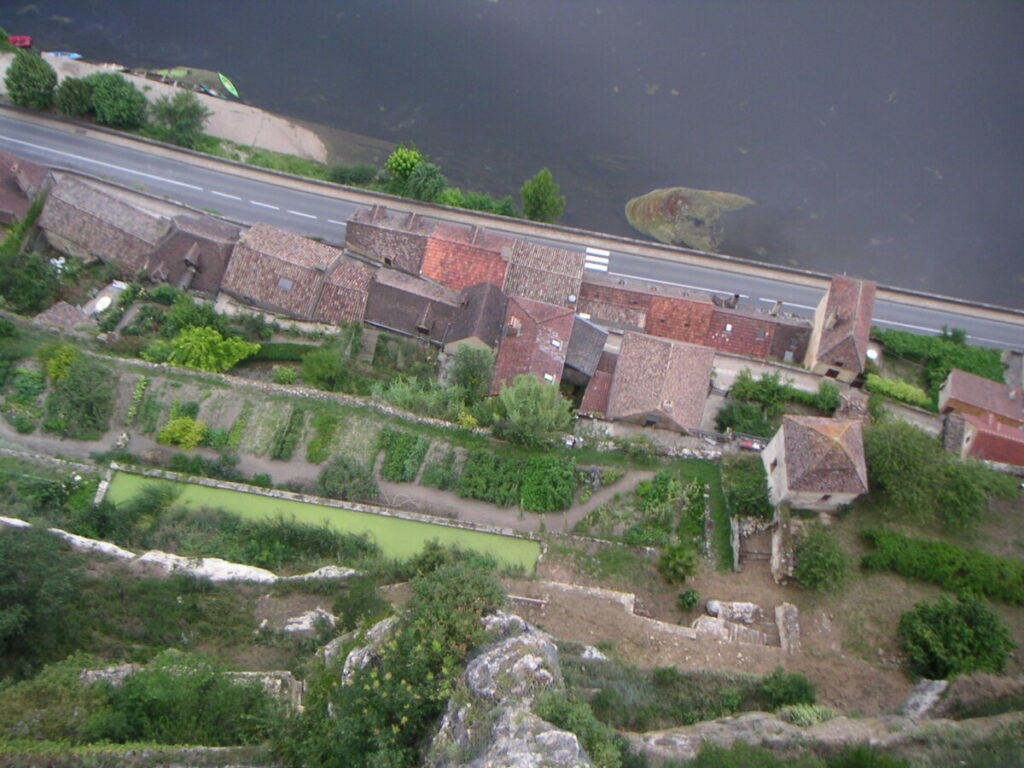
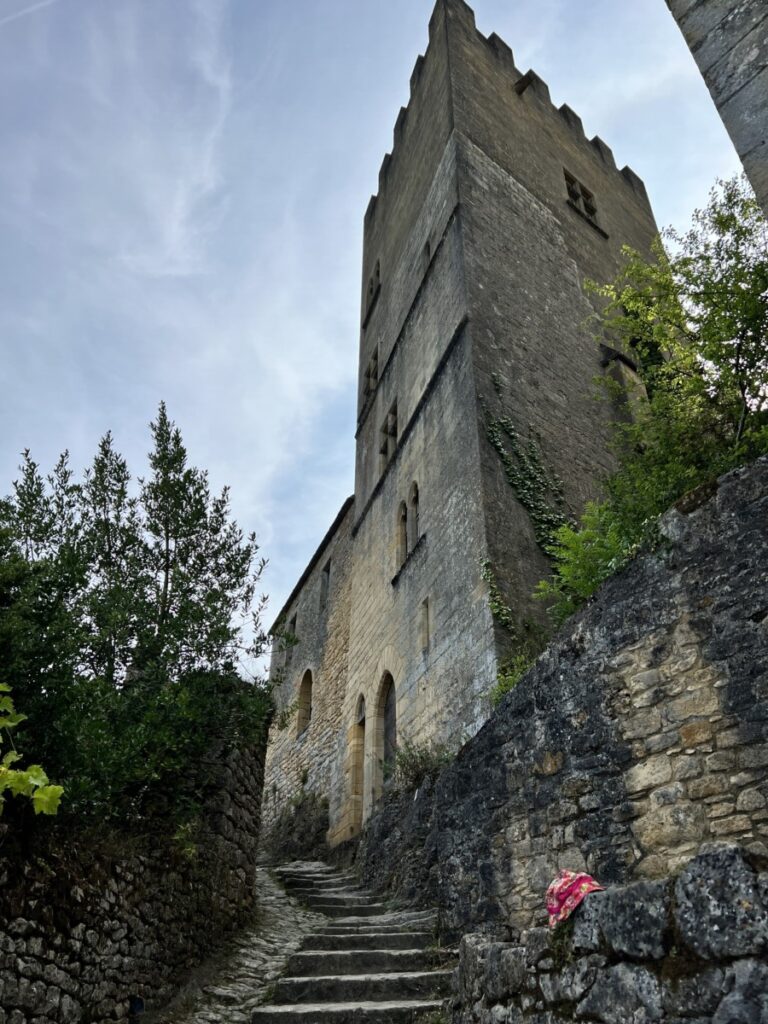
En rik historie
Beynac’s history is inextricably linked to the Dordogne region. This area has been inhabited since prehistoric times, as evidenced by the numerous cave paintings and archaeological sites nearby. The most famous of these is the Lascaux Cave, often referred to as the “Sistine Chapel of Prehistory,” which contains some of the world’s most remarkable examples of Paleolithic art.
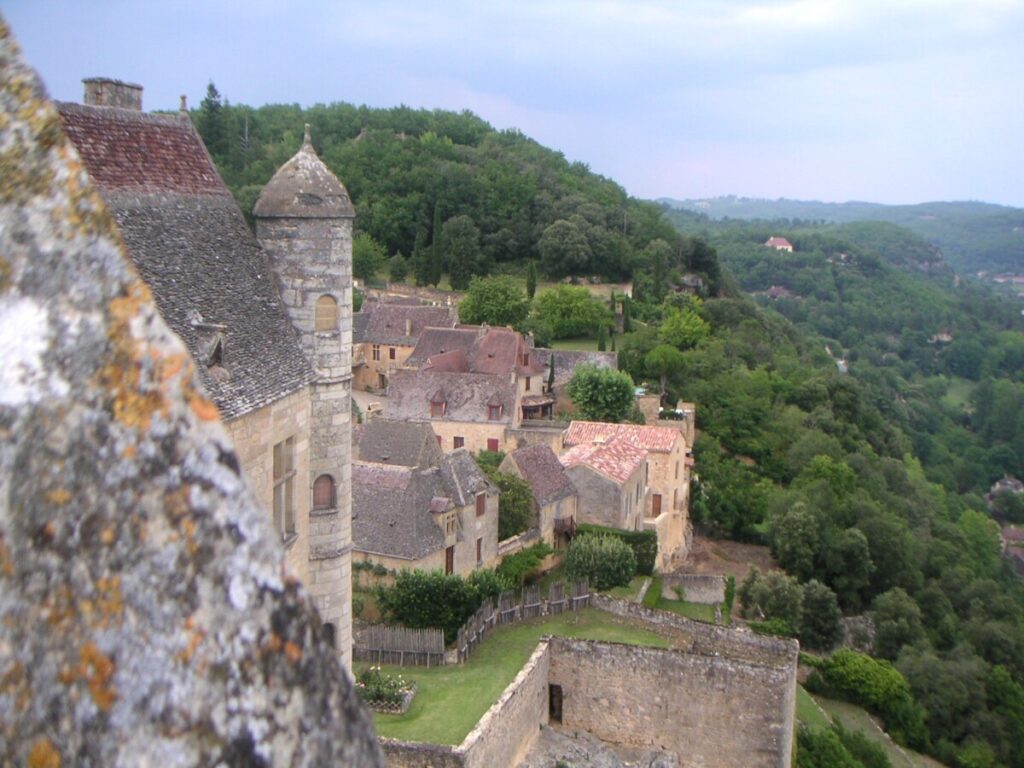
During the Middle Ages, the Dordogne Valley was the scene of numerous battles and power struggles. Château de Beynac played a pivotal role in these conflicts, changing hands several times between the French and the English.
These days, there are fewer conflicts, but the castle is often used as a location for film shoots. You might recognize scenes from the film “Joan of Arc” directed by Luc Besson. Those with a keen interest in France or who have lived there might also recognize it from the film “Les Visiteurs,” which was also shot at the castle.
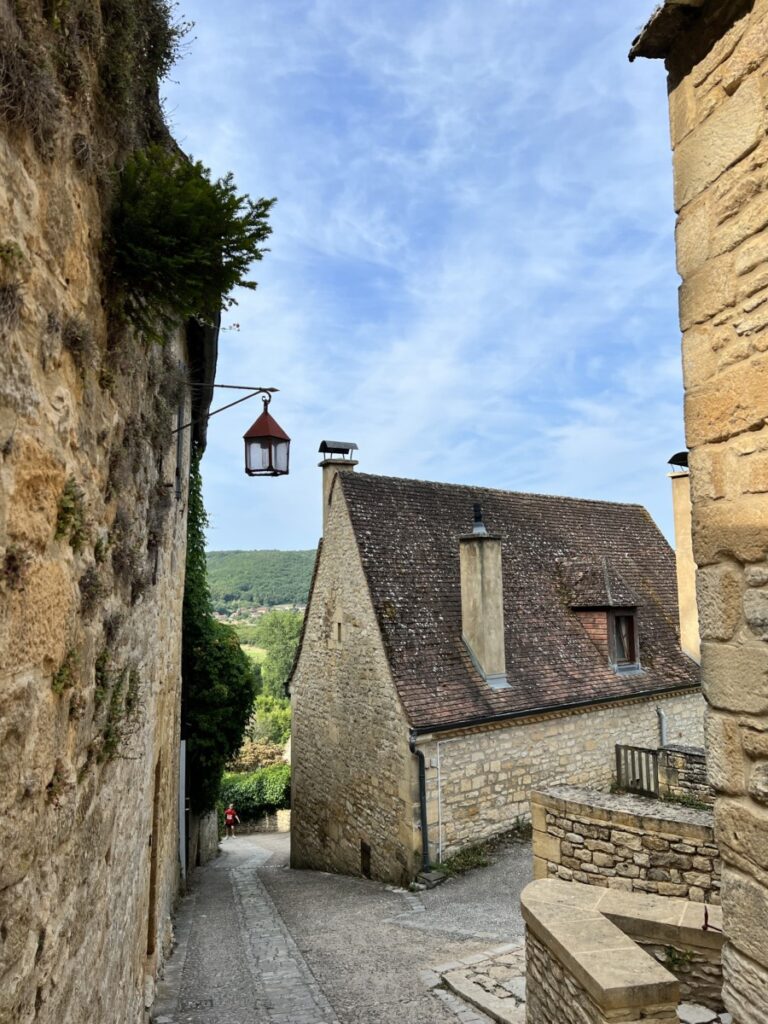

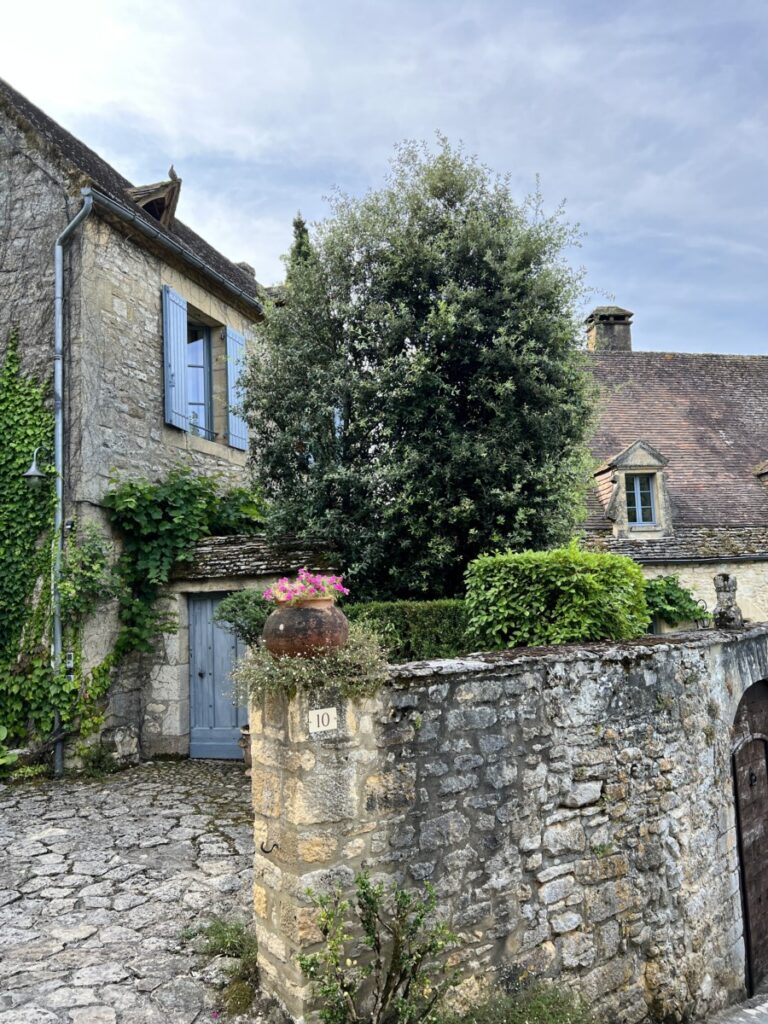
Exploring the Dordogne region
Beyond Beynac, the Dordogne region offers a wealth of attractions for visitors. The area is renowned for its stunning landscapes, with rolling hills, lush forests, and the meandering Dordogne River, which offers a variety of activities such as canoeing, boating, and swimming.
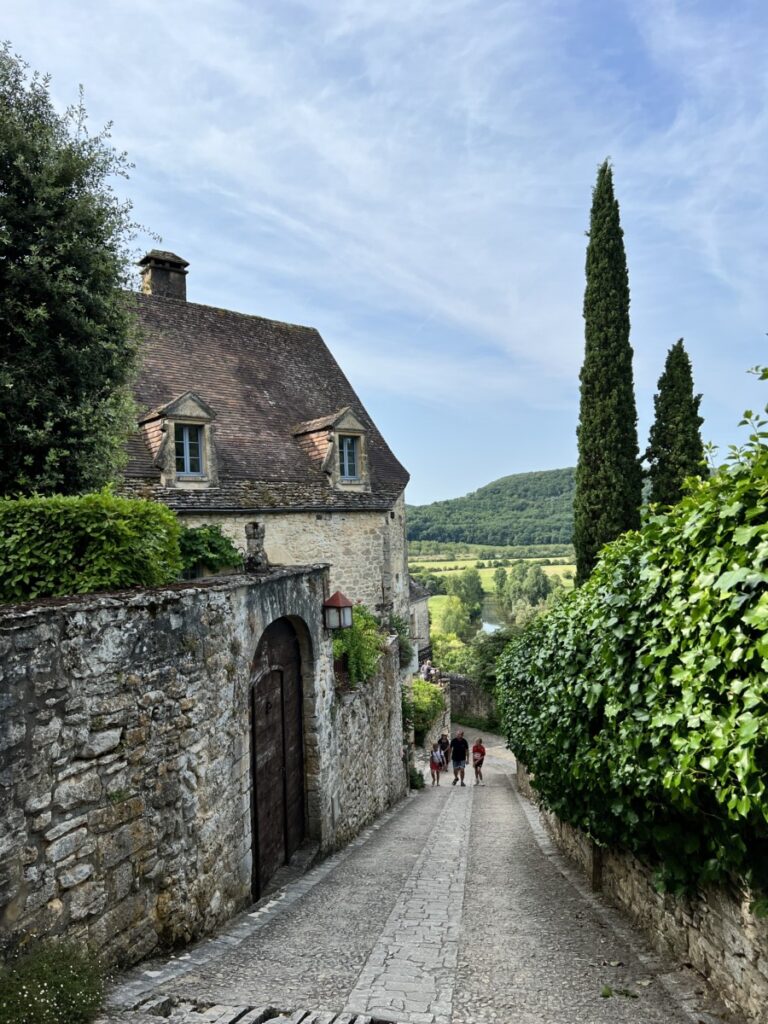
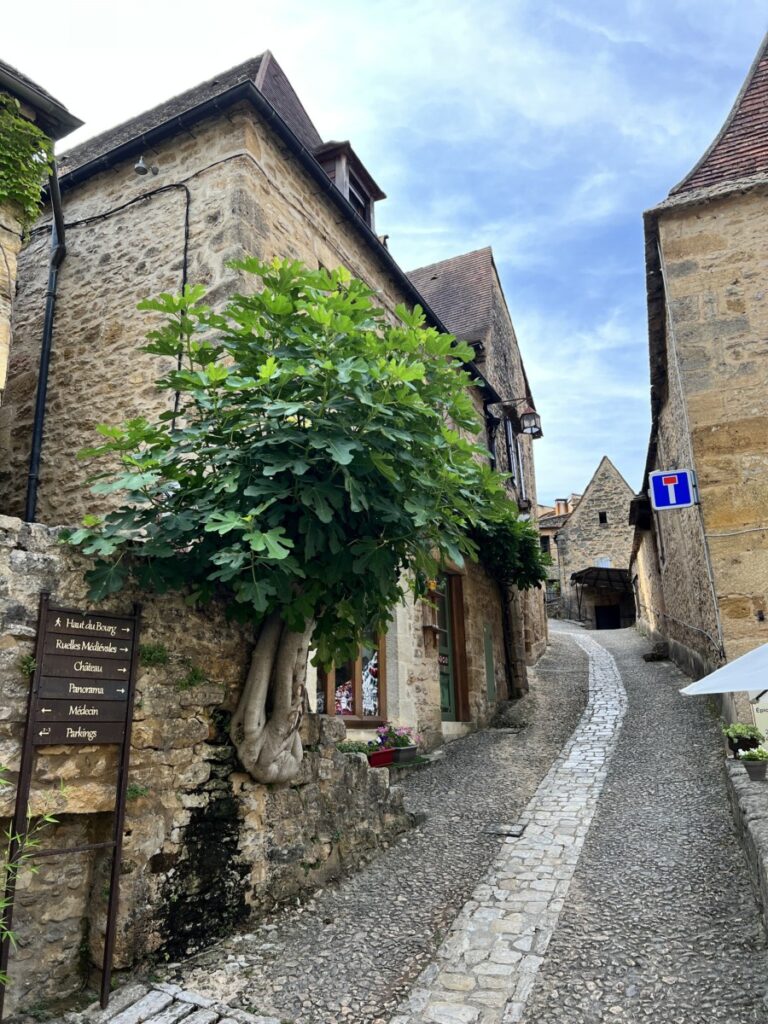
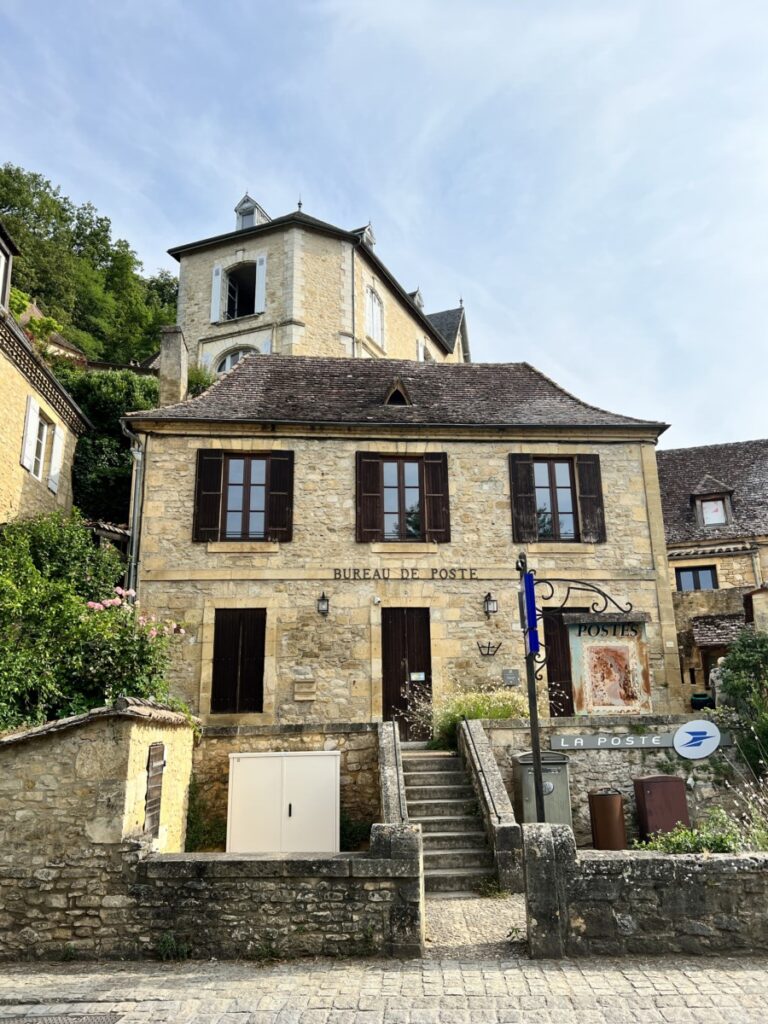
No visit to the Dordogne is complete without exploring some of the region’s other charming villages and towns. The neighboring town of Sarlat-la-Canéda is a beautifully preserved medieval town with a lively market and a wealth of historic buildings. Sarlat serves as a great base for visiting many of Dordogne’s gems. Other notable places to visit include the Château des Milandes, the former home of Josephine Baker, and the picturesque villages of La Roque-Gageac, Rocamadour, Domme, and Castelnaud.
One thing is certain: it takes many visits to the Dordogne Valley to see all it has to offer.
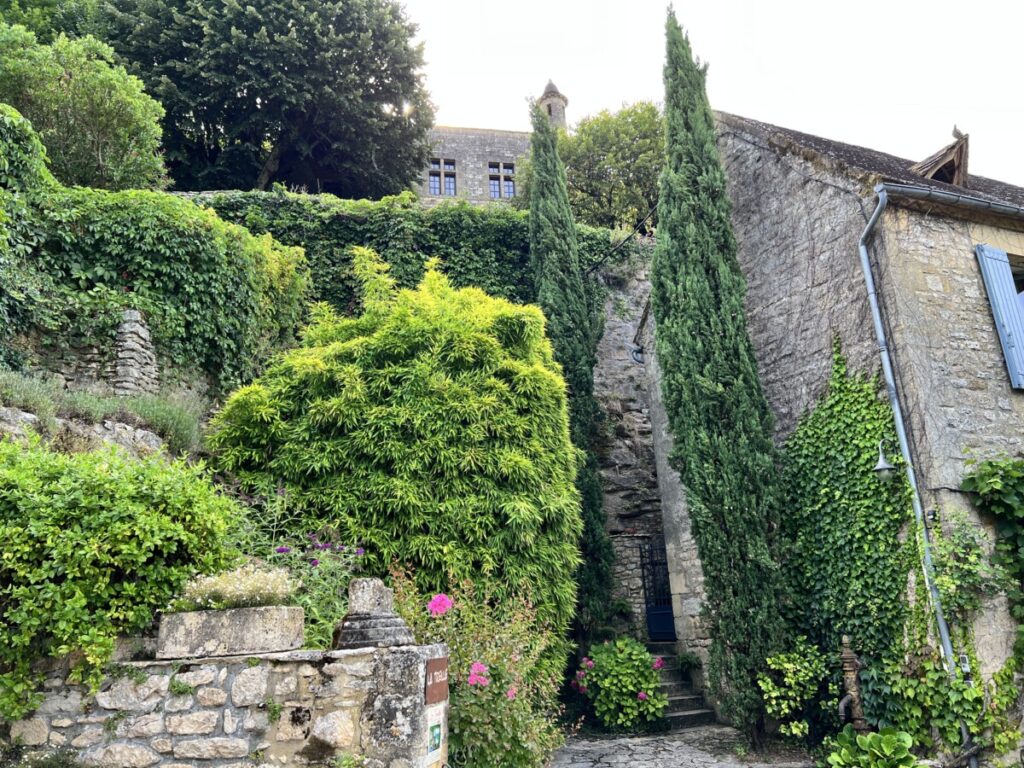
If you think the quality of some of these photos are a bit low, it’s because they are from 2006 when we last visited the Castle of Beynac. We did not venture all the way up there this time.
